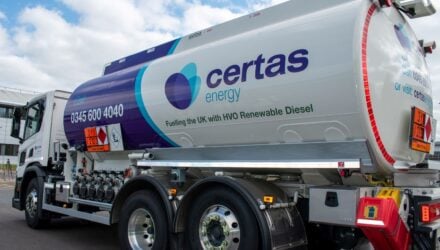
The latest government statistics identify that 2.5 million people in the UK are living in fuel poverty*. While the answers to this are complex and cover a multitude of stakeholders, a game-changing British invention claims to offer the solution.
The Home Energy Recovery Unit (HERU) is a revolutionary domestic heating system, which turns waste into a sustainable energy source using pyrolysis – heating household rubbish in the absence of oxygen, generating rich, combustible gas, which can be used to power the home. The HERU can significantly decrease reliance on mains supply, ultimately reducing overall energy costs.
Nik Spencer, inventor of the HERU, commented: “When you see that 1 in 10 of UK households are spending more than 10% of their entire income on utility bills, it begs the question why more isn’t being done to tackle the problem head-on.
“HERU poses a viable solution to convert unwanted waste into valuable energy. What’s more, when you couple the HERU with a solar panel and battery, the technology is completely carbon neutral.”
In winter, the HERU can turn a single black bin bag of rubbish into 72 litres/day of hot water @ 41°C (enough for a long shower). In summer, this figure increases to 122 litres/day (enough for two showers or a bath).
Spencer added: “With backing from government and energy companies, we could roll out the HERU to affected homes within the next five years. Using pre-existing infrastructure, and funds from the Government’s green levies on energy bills, we should be looking to provide a proactive solution to fuel poverty that will, ultimately, help UK households provide a cleaner, cheaper and more efficient source of energy.”
The HERU also has wider applications than dealing with waste just from homes. It will provide an ideal solution to any setting where ‘domestic’ type waste is produced, offices or nursing homes, for example.
Field evaluations of the HERU will take place later this year, with full production expected to commence in 2019/20.


















